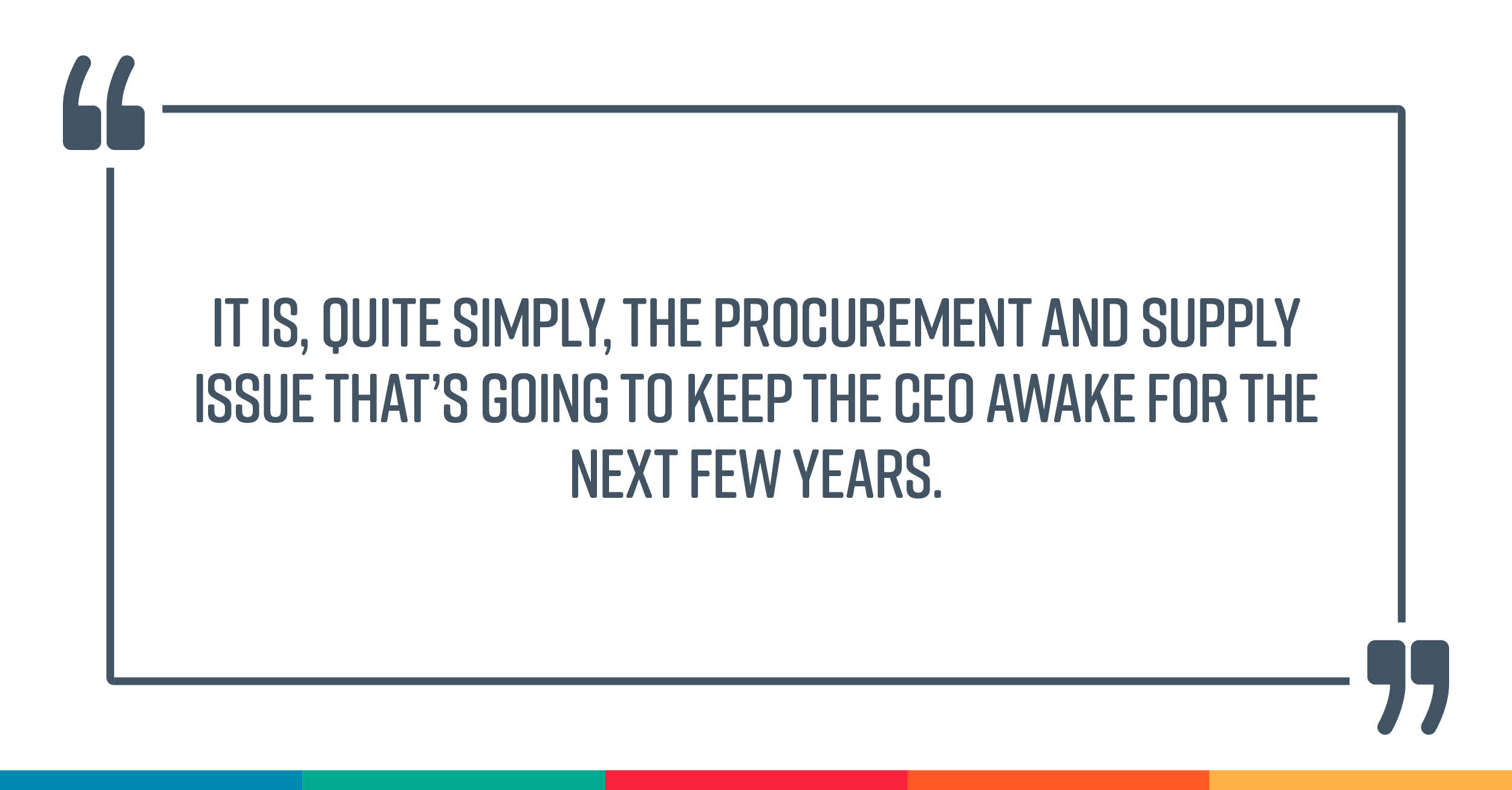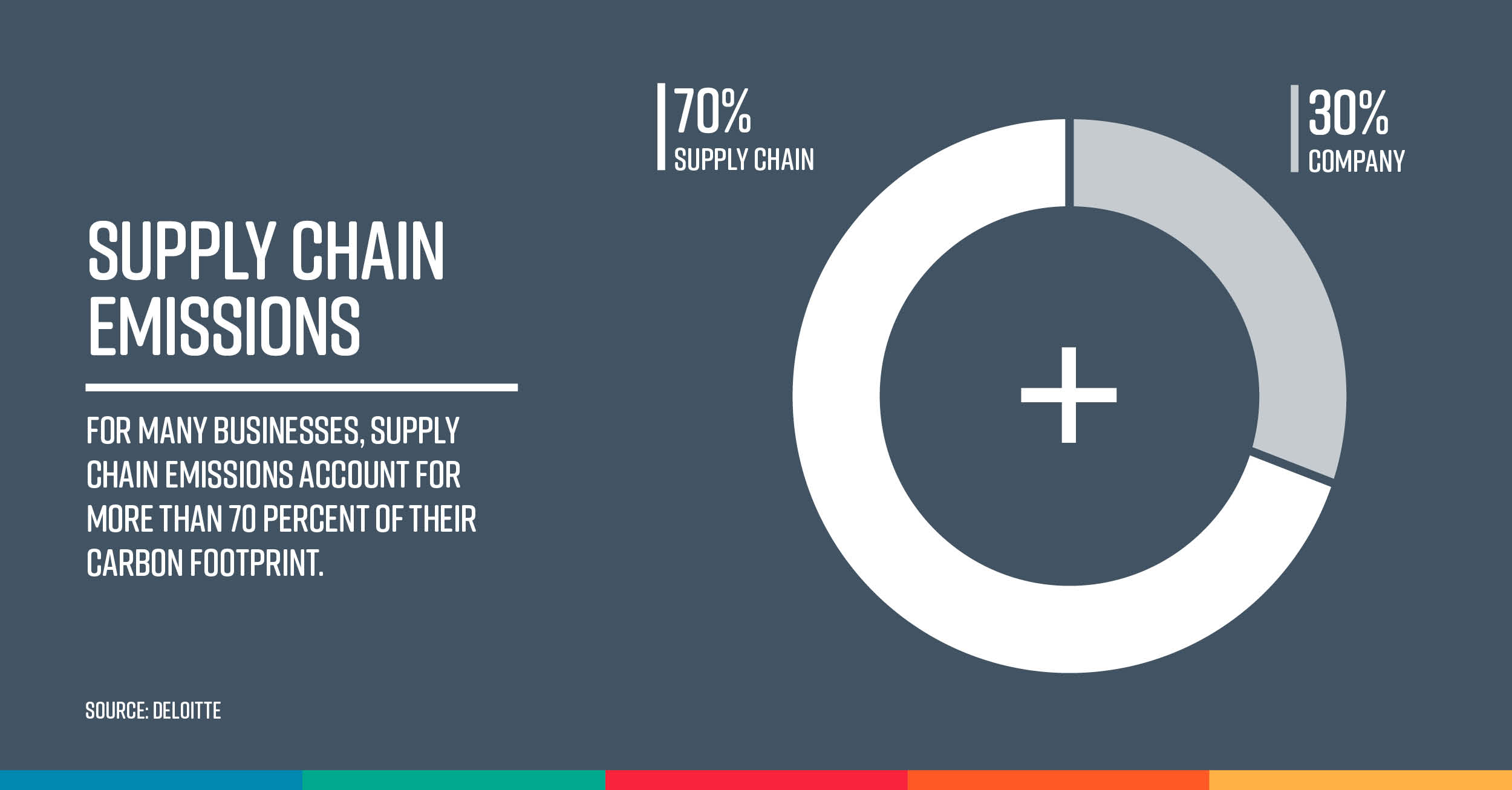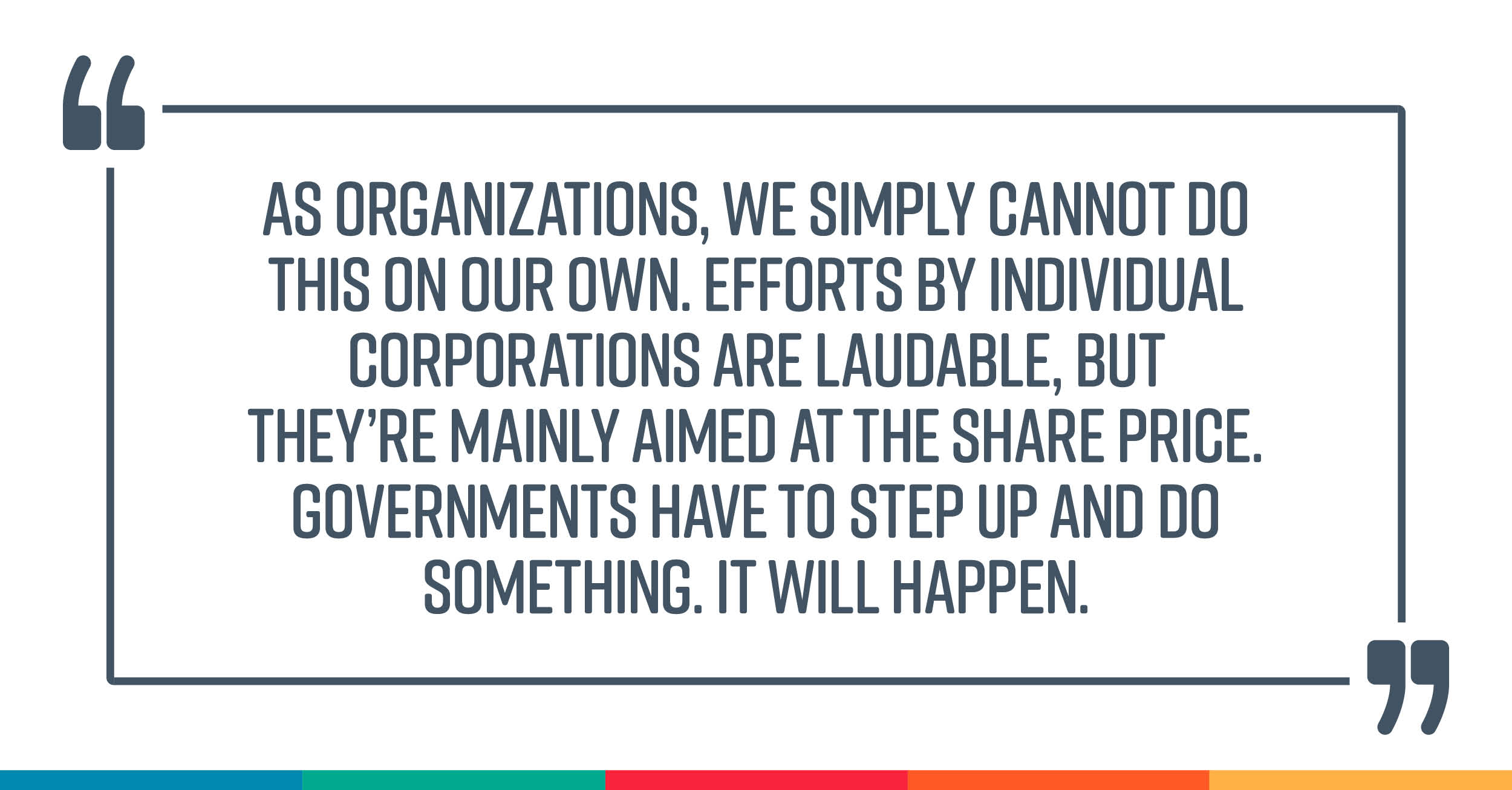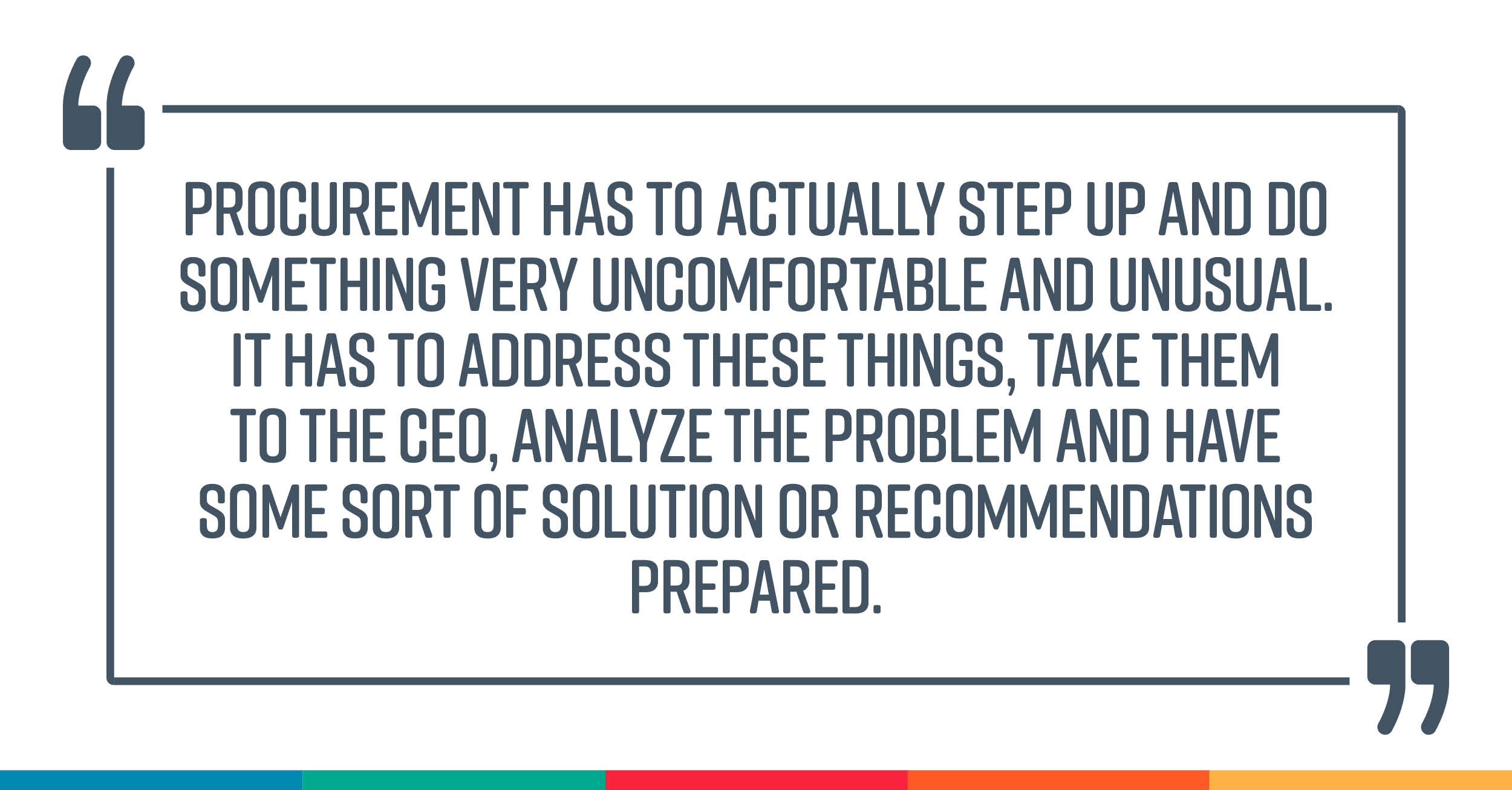The industry stories behind the headlines.
Procurement consultant, commentator and host of the FORVM 499 podcast, Bill Young, takes a look at some recent news stories and considers the role of procurement in causing them or preventing them from happening again.
Behind some of the biggest media headlines are interesting procurement challenges.
“Cyber attack forces U.S. pipeline to shut”
This was a headline in the New York Times a couple of months ago. Understandably, it was a really big deal in the United States. Hackers targeted an entire oil pipeline supply network and stopped the oil from flowing. As a result, people were queuing at gas stations and there was a real oil shortage.
Of course, there are obvious procurement and supply chain issues here but there’s a bigger one behind it – the vulnerability of systems to cyber attacks. And an even bigger problem is the invisibility of virtual supply lines.
Companies are, increasingly, relying on outsourced goods and services using software programs with application programming interfaces (APIs) between them and the suppliers. As a result, there is an enormous invisibility problem that is creating huge vulnerabilities. It’s not something that procurement and supply people have fully woken up to, but there is an entire ecosystem of software suppliers and APIs, all providing an increasing level of services to companies. It is, quite simply, the procurement and supply issue that’s going to keep the CEO awake for the next few years.

These issues are already on the boardroom table but everybody in the organization is involved. These are executive matters and procurement and supply is the place where the skills lie and, indeed, the ability to identify the problems and fix them.
“Has the ideas machine broken down?”
The Economist recently ran an article with this headline. It suggested a link between research and development spend and innovation. So, if companies reduce their R and D spend then innovation drops off.
Now, an awful lot of innovation, new ideas and new products come from suppliers. I’m not sure that procurement people spend time actually working on them or see their role to acquire some of these capabilities; or in new product development. So, the short answer to the question in the headline is ‘yes’. But I don’t quite know how it’s going to work out.
“G20 ministers endorse carbon pricing to help tackle climate change”
This story ran in the Financial Times. The fact that carbon tax is coming means that it’s already within our everyday lives. Yet, I don’t see procurement teams doing much to prepare for this.
This is a big issue. Much bigger than people think. Each time I look at it, it seems even bigger! In fact, internationally, government ministers are deciding that a national approach is not enough to tackle this crisis. It has to be international. The article explores how Europe can face up to it and considers whether even Europe is big enough to move this forward. One thing is clear – something big is going to happen that will affect companies.

Now, if carbon tariffs come in – and this seems very likely – this will bring an enormous extra cost on companies. We’re not talking about the sort of carbon pricing that we’ve seen in Europe, which is almost trivial. The carbon tariff, when you fill up with diesel or petrol, is 300 euros per ton of carbon dioxide. That’s the sort of level that changes behavior. And, if we’re looking at carbon tariffs that will change behaviors, we’re seeing some pretty big changes in the cost structure of organizations. Now, some procurement functions have been given responsibilities in this area, but normally it’s to support other functions doing it. There is an opportunity here for somebody to point out to the executive what the full impact of carbon tariffs would be on an organization. The argument that all companies will face it isn’t good enough because this is going to affect different companies in different ways. What companies need is a full audit of the costs of carbon, not just the direct costs, but the upstream costs of embedded carbon. They will need to consider the fuels that suppliers have been using and the downstream carbon impacts of the products they sell.
As organizations, we simply cannot do this on our own. Efforts by individual corporations are laudable, but they’re mainly aimed at the share price. Governments have to step up and do something. It will happen. My point is, we’re not ready for it to happen. We don’t know the impact.

“German cabinet backs law to protect human rights in global supply chain”
This moves on from carbon to the more general environmental, social and governance (ESG) environment. In the Swiss referendum, it (Konzernverantwortungsinitiative) got 52% of the vote but it failed to get a super majority. Not enough Cantons voted for it. So, it wasn’t fully rejected.
In Germany, a company can be fined up to 2% of global revenue for its suppliers’ issues – things that its suppliers are doing that would contravene Germany’s Lieferkettengesetz law. The public mood is such that other countries are going to follow. This is coming to a government near you soon!
It will place auditing responsibility on procurement. At the moment it gets outsourced and there are lots of environmental audit companies out there who’d take this off your hands. But it raises another question and that is; what is enough? Is complying with the law enough or do some companies want higher standards? Is this something that you cannot have too much of? Where do you stop? What would shareholders have to say? Could shareholders even fine you for doing too much?
“China committing genocide against Uighurs”
This is a heading from Al Jazeera about a UN report. Of course, many companies wouldn’t tolerate slave or child labour in their supply chains. But what about sourcing from Chinese companies using Uighurs’ labour for manufacturing?
How do you set out your policy in this area? Who is checking whether the goods are coming from China? After all, a lot of the world’s resources are now in the area where the Uighurs live, including cobalt. And materials that go into batteries and cotton come from these areas. The Chinese government has been accused by an independent commission of modern genocide. And the US government has reinforced that with the Biden government actually confirming this accusation. This is a big procurement and supply issue that has to be addressed. Who’s dealing with this? Who’s talking to the CEO?
“Suez Canal Blocked After Giant Container Ship Gets Stuck”
Back in April this year, the container ship Ever Given (part of the Evergreen Line fleet) got stuck in the Suez Canal. What have we learned from it? I think what we’re learning is that there are a lot of failure or choke points in supply chains.
We can understand this in terms of internet connections. Most big headquarters have backup cables to provide their internet. But what about oil pipelines? What about strikes? What are the failure or choke points in other supply chains that we haven’t considered? These are areas where there are hidden risks. Procurement supply teams have to start looking for these and working out what the alternatives are.
I think some degree of localization is inevitable but the basic fundamentals of having free and uninterrupted markets stand and always will. We’ve grown richer from sourcing abroad and having longer supply chains. That expands the number of potential suppliers, increases competition and helps us to identify the best. There can, by definition, be only one best supplier. Building redundancy into supply chains often means using the second best and maintaining a second-best solution. Is it so critical that we need redundancy? That we need to engage the second and third best supply options and keep them warm as a sort of standby position? Or do we accept the implication that if our sole supply chain breaks, we can live without it for a while. They are the big strategic supply chain issues of today, but I’m not sure that the procurement function under a CPO is always fully on top of these and is as engaged as it should be.
The role of procurement
With all these issues, it’s not enough for a procurement team to simply say, ‘these are really important’. Procurement has to actually step up and do something very uncomfortable and unusual. It has to address these things, take them to the CEO, analyze the problem and have some sort of solution or recommendations prepared. That’s difficult and many procurement functions might say ‘that’s not for us, we’ll stick to savings’. But if they want to stick to savings, then they have to stop angling for a place on the board. Just do your tactical and operational thing and don’t pretend you’re something you’re not.

Written by procurement consultant, commentator and host of the FORVM 499 podcast, Bill Young @BillKestrel.

